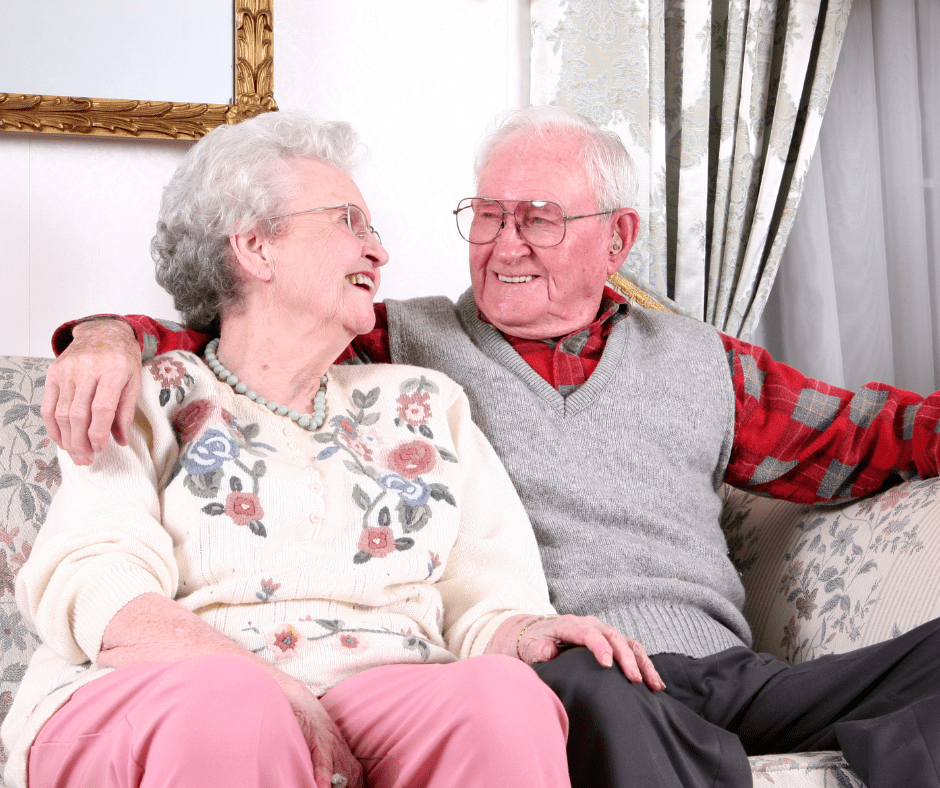Creating a Safer Haven: Essential Home Safety Tips for Seniors
Ensuring the safety of our aging loved ones becomes increasingly important as they grow older. Falls, a leading cause of fatal and nonfatal injuries among individuals aged 65 and older, present a significant threat, as reported by the Centers for Disease Control and Prevention (CDC). Factors like aging skin and decreased bone density make recovering from falls challenging for seniors, not to mention the potential financial impact of medically supported recovery. In this article, we will explore essential safety tips aimed at reducing fall risks and establishing a secure home environment for our elderly family members.
- Remove Trip Hazards:
Falls often result from tripping over common household items. To mitigate this risk, start by identifying and removing trip hazards such as area rugs, electrical cords, low tables, and ottomans. Consider installing nonslip flooring to provide a secure walking surface, and ensure that all cords and wires are safely covered.
- Install Bathroom Grab Bars:
The bathroom can be a particularly challenging space for seniors. Installing grab bars near toilets, showers, and bath areas can significantly enhance safety. These bars, readily available at hardware stores, can be installed by handy do-it-yourselfers or professionals specializing in home safety. They provide crucial support for seniors as they navigate these spaces.
- Provide Easy Seating:
Making daily activities like bathing more accessible is key to preventing falls. Consider incorporating specially designed kitchen and shower chairs to provide comfortable and secure seating. These aids empower seniors to perform their routine tasks with ease, reducing the risk of accidents.
- Check Thresholds:
Transition areas between rooms, often marked by raised flooring or thresholds, can be potential trip hazards. Consult with a safety expert to assess and address these areas. Flattening thresholds or adding indoor ramps and handrails can create a seamless and safe transition between spaces within the home.
- Outdoor Spaces Matter:
Safety precautions should extend beyond the indoors. Regularly inspect outdoor spaces, starting with the driveway. Look for cracks and ensure a clear path to the mailbox. In the yard, remove potential trip hazards such as rocks and roots that could pose a risk to seniors navigating the outdoor environment.
Taking proactive measures to enhance home safety for seniors is crucial in preventing falls and promoting their well-being. By addressing common risk factors such as trip hazards, bathroom safety, seating accessibility, and outdoor concerns, we can create a secure environment that allows our elderly loved ones to age gracefully and independently in the comfort of their homes.

